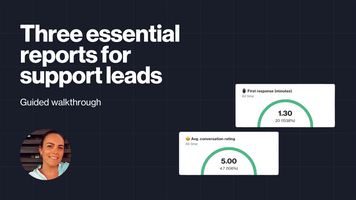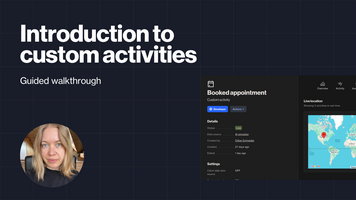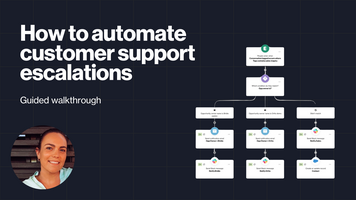By now every marketer knows that audiences expect campaigns to be targeted and personalized, and that audience segmentation is essential to making this happen.
Traditional audience segmentation relies on demographic, psychographic and geographic data to target groups of like-minded individuals. Geographic and demographic segmentation is quite simplistic and customers tend to expect more. Psychographic data can be difficult to collect and often requires self-reporting which can be unreliable and dates quickly.
Behavioral segmentation is different. Instead of grouping customers based on who they are, it creates segments based on actions they take and behaviors they demonstrate.
In this article, we'll explore
What is behavioral segmentation?
Types of behavioral data
How to track behavioral data
Benefits of behavioral segmentation
Use cases for behavioral segmentation





